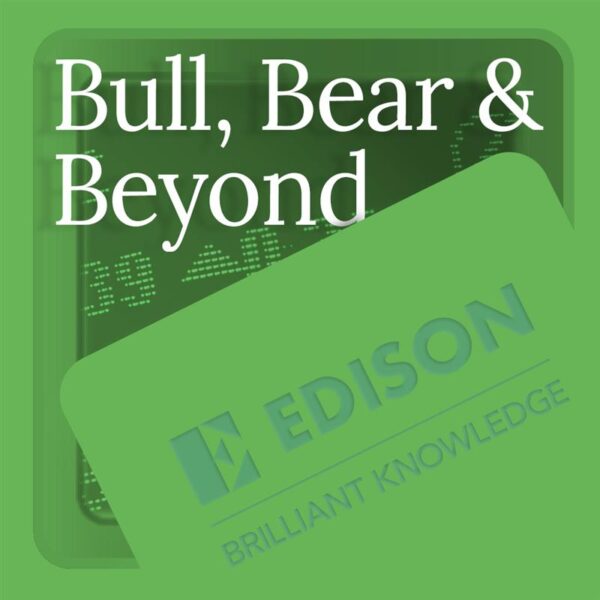1) Digitalisation trend underpinned by structural tailwinds.
HgT provides high-quality exposure to the corporate digitalisation theme, supported by the structural demographic trend of a declining working age population, which drives up labour costs in developed countries and stimulates software adoption. Hg’s head of research examined IT spending patterns across countries and found that the share of software spending grows with the level of overall IT spending as a percentage of GDP. This suggests that the sector is not approaching saturation, even in the more developed economies. According to Gartner’s forecasts released in January 2025, global spending on software and IT services will grow by 14.2% and 9.0% in 2025, respectively (after increasing by 12.0% and 5.6% in 2024, respectively).
2) HgT’s portfolio companies deliver strong, highly profitable growth.
The trust offers a combination of a high share of recurring revenues based on software-as-a-service subscription models and high customer retention. Hg’s ‘sweet spot’ lies in defensive tech growth companies operating in one of eight core end markets: tax and accounting; ERP and payroll; legal and compliance; automation and engineering; insurance; SME tech services; fintech; and healthcare IT. HgT has historically delivered revenue and EBITDA growth of around 20–30% per year at a margin above 25% across its top 20 holdings. Therefore, it fulfils the so-called ‘Rule of 40’, which is a rule of thumb (but based on empirical evidence) saying that software stocks with combined revenue growth and EBITDA margins of 40% or more typically generate higher valuations.
3) Hg’s extensive sector expertise allowed HgT to deliver healthy returns.
The vast tech expertise and value creation capabilities of Hg come from a combination of three strengths: firstly, its in-house team of operational experts, which includes more than 50 senior operational specialists, each supported by a network of trusted third-party associates and partners; secondly, an extensive community consisting of key managers from its portfolio companies (called Hg Hive); and thirdly, intellectual property, tools and group services on which its portfolio companies can rely. As a result, the trust posted a strong NAV return over the 10 years to end-March 2025 of 18.2% per year. Hg remains committed to leveraging generative AI across its portfolio, noting some initial promising progress, and hopes to see a more meaningful impact on the top and bottom line in the next one to two years.
4) HgT has continued to deliver a high level of liquidity events.
Hg delivered a considerable volume of liquidity events in 2024 and underlined that all Hg fund vintages from 2012 to 2018 rank in the top quartile for distributed to paid-in capital versus peers. This translated into gross proceeds from exits and refinancings for HgT in FY24 of £508m, or 22% of opening NAV (which is consistent with the average between 2019 and 2023 of 23%). The ability to deliver meaningful liquidity events in a tough environment is a clear differentiator in the context of a decline in global private equity exit activity from the 2021 peak.
5) The trust has a strong track record of realising investments at an uplift to carrying value.
Between 2017 and 2022, the trust’s exits were completed at an average uplift to carrying value at the end of the preceding year of a solid 38%. Even in the more demanding environment after 2021, marked by low deal activity and pressure from higher interest rates, the trust was able to realise investments at an uplift, which in 2024 stood at an average 15% compared to the quarter before signing the transaction. We believe this is a testament to the quality of the trust’s portfolio and its conservative valuation approach.
Published 19 June 2025













